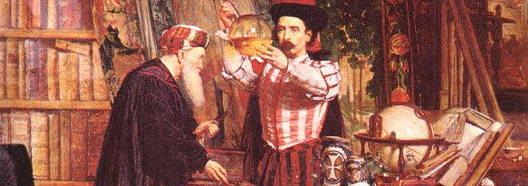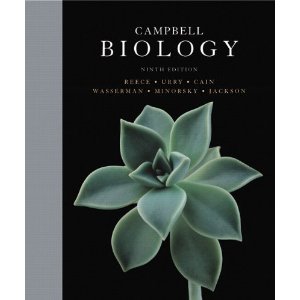Eukaryotic Cells
Protists
Protists are one of the most difficult phylogenetic groups to classify and understand. They have been traditionally classified in their own kingdom, sometimes called protozoa. Some protists have characteristics more similar to animals. They are heterotrophic and can move freely through the environment with the aid of structures like cilia and flagella. Others are more plant-like, contain cell walls and chloroplasts, and cannot move independently. Still others have the structures needed for both. They can actually be either heterotrophic or autotrophic! Protists are considered to be the simplest of the eukaryotic cells, and show the first appearance of organelles that we recognize.
Eukaryotic Cells: Protists Lecture Powerpoint
 |
Purpose: Eukaryotic cells are much different than prokaryotes. They are larger and have more complex structures called organelles inside. This lecture will cover the five "supergroups" of protists, including excavata, chromalveolata, rhizaria, archaeplastida, and unikonta. Representative examples from each group will be given, including major causes of human disease. Diagrams of the anatomy of the most studied protsts, such as euglena, paramecia, and amoeba, will be given.
Essential Concepts: Eukaryotes, organelles, nucleus, autotrophs, heterotrophs, mixtrophs, osmosis, hypertonic, isotonic, hypotonic, excavata, chromalveolata, rhizaria, archaeplastida, unikonta, cilia, flagella, chloroplast, mitochondria, cell wall, pseudopod, unicellular, multicellular, colonial.
Eukaryotic Cells: Protists Lecture Notes Outline
Purpose: Taking efficient notes can be a big challenge for many students, especially when working from a Powerpoint lecture. This outline gives students a means to take notes that guides them toward important concepts and avoids the pitfalls of writing word-for-word or simply not taking notes at all. The outline is written as a series of questions, fill-in-the-blanks, or diagrams.
Essential Concepts: Eukaryotes, organelles, nucleus, autotrophs, heterotrophs, mixtrophs, osmosis, hypertonic, isotonic, hypotonic, excavata, chromalveolata, rhizaria, archaeplastida, unikonta, cilia, flagella, chloroplast, mitochondria, cell wall, pseudopod, unicellular, multicellular, colonial.
Virtual Pond Dip Worksheet
Purpose: The www.microscopy-uk.org website has an interactive virtual pond dip, where students click on and learn about some of the common protists and microscopic animals found in a sample of pond water. This worksheet guides students through the website, including recording some of the unique physical features of each protist and attempting to classify them into the appropriate supergroup.
Essential Concepts: Eukaryotes, protists, excavata, chromalveolata, rhizaria, archaeplastida, unikonta, cilia, flagella.
Observing and Classifying Protists Lab
Purpose: This lab has students observe a representative set of protists. Each set is different, but nearly every one will include Euglena, Amoeba proteus, paramecium, and volvox. These are listed first, with an unlabeled diagram of each included. A set of blank pages is also included for any additional protists the instructor includes.
Essential Concepts: Eukaryotes, protists, excavata, chromalveolata, rhizaria, archaeplastida, unikonta, cilia, flagella.
Monsters Inside Me - Protist Parasites
Purpose: Monsters Inside Me is a series on the Animal Planet TV channel. Each episode covers 3 different parasites, each with a common way of infiltrating the human body. This worksheet set covers the segments from each episode specific to protist-caused diseases.
Essential Concepts: Eukaryotes, protists, excavata, chromalveolata, rhizaria, archaeplastida, unikonta, cilia, flagella.
Protists Study Guide
Purpose: This study guide provides students with an outline of the essential vocabulary, diagrams, and other concepts they need to know to be successful on an exam. A series of critical thinking questions will test their understanding, and a full list of vocabulary words will help them go back through their notes and pick out the important parts.
Essential Concepts: Eukaryotes, organelles, nucleus, autotrophs, heterotrophs, mixtrophs, osmosis, hypertonic, isotonic, hypotonic, excavata, chromalveolata, rhizaria, archaeplastida, unikonta, cilia, flagella, chloroplast, mitochondria, cell wall, pseudopod, unicellular, multicellular, colonial.

